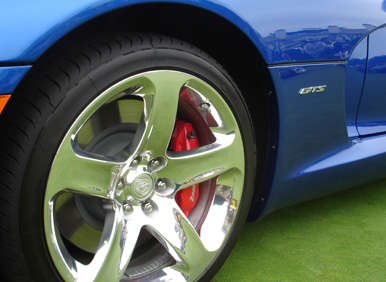Recent Articles
Popular Makes
Body Types
How Preventative Maintenance Can Help You Avoid Catastrophic Repair Costs
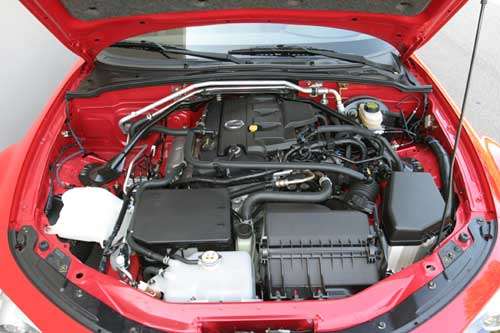
Here’s how it always happens: Running late, you’re hustling to get dressed and get everything in order for your meeting. At the very last minute you dash out to the car. Looking at your watch, you breathe a sigh of relief. You need to be there in 15 minutes, and you know from past experience it’s a just 12-minute drive.
You’ve three minutes to spare.
Settling in behind the wheel, you turn the key to start your car. But instead of the glorious sound of your engine firing and settling into a smooth and steady idle, you hear that heart wrenching sound of your engine’s starter spinning endlessly because the engine won’t fire. What’s worse is the starter is spinning slower and slower and slower as — adding insult to injury — your battery goes dead too.
You’re definitely going to be late.
Preventative Maintenance Avoids Catastrophic Repair Costs: Types Of Costs
While the title of this article; How Preventative Maintenance Can Help You Avoid Catastrophic Repair Costs can lead you to think primarily about money, there are non-monetary costs associated with neglecting the preventative maintenance of your car. In the previously cited case, neglecting routine auto maintenance incurred an opportunity cost. Question though; have you ever seen the expression on someone’s face when his or her car is dead on the side of the freeway? That pained look they all have? Yeah, that’s a cost too — an emotional one.
Then there’s the fact a poorly maintained car simply costs more to drive as well as repair. A rough running engine uses more fuel. So does driving on underinflated tires. Another thing about driving on underinflated tires, they wear out faster, so you wind up buying tires more frequently — in addition to using more fuel.
Running your car with dirty oil can wear out your engine; and trust us, fewer things are more expensive to repair or replace than your engine. OK, well, your transmission is right up there too. While many modern transmissions are of the “sealed for life” variety, you’d best make sure yours is one of them before you neglect your transmission fluid.
Another thing to consider is one worn out part can very easily cause others to fail prematurely. For example, a neglected timing belt can break. In some engines, this will allow the pistons to come into contact with the valves while the engine is spinning at some 3,500 revolutions per minute (or more). Think that won’t do some extensive damage? There’s a very expensive repair that could’ve been avoided simply by changing the timing belt when it was due, as part of a scheduled vehicle maintenance regimen.
By the way, if you’re curious, our repair cost calculator can give you an idea of what fixing something like that would cost for your car
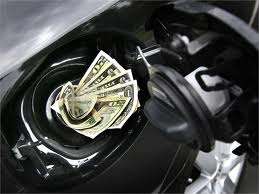
Preventative Maintenance Avoids Catastrophic Repair Costs: Developing A Plan
The good news is routine car maintenance really isn’t all that difficult.
All you need is a plan of attack and to exercise some diligence about following it. Happily, your car came with just such a plan. Readily accessible, it’s in your owner’s manual. If you look in the index in the back of the manual, you’ll see a heading something to the effect of “scheduled maintenance”. That section of the manual lists everything you need to do — and when you need to do it — to keep your car trouble free. You’ll find most of the things noted are pretty inexpensive, although a few are a tad on the costly side as well.
But, as the old saying goes; “You can pay a little now — or you can pay more later.”
Neglecting routine vehicle maintenance will definitely leave you paying more later.
If you bought your car used, hopefully you got the service records of the previous owner along with the car. If you didn’t, you’ll need to establish a scheduled routine to get your car on a regimen that will keep it in good condition.
A scheduled vehicle maintenance plan is a good place to start.
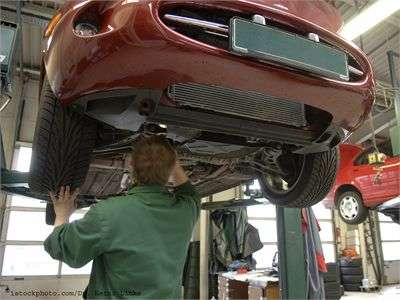
Preventative Maintenance Avoids Catastrophic Repair Costs: Service Intervals
As we mentioned previously, if you bought your car new, you’re in great shape. Everything is new and you’ve got the owner’s manual to keep you on track in terms of your preventative maintenance schedule. In fact, if you follow that schedule religiously, your car will pretty much run forever. However, we would still caution you to check some things out on your own just to be on the safe side.
Yeah, it’s a new car and if something goes wrong, the dealer will fix it under warranty. But remember, all costs associated with a mechanical breakdown aren’t monetary. A new car with a problem can leave you on the side of the road just as readily as an old one can. So check the oil, the brake fluid level, the coolant level, and the transmission fluid level yourself; both to make sure they’re optimal, as well as to acquaint yourself with the engine of your new car.
If you just bought yourself a used car, you’ll want to check things out a bit more carefully. In fact, before buying any used car it’s always a good idea to have a trusted professional mechanic, one well versed in the make and model you’re buying, go over the car with a fine-toothed comb to make sure you’re getting a sound example. During that process they should also check the fluids, the belts, the hoses, the battery, and any other aspects of the car that could fail and give you problems.
Once you’ve got the car checked out and are satisfied everything is up to standard, if you didn’t get an owner’s manual with the car, chances are you can find one online. Failing that, you can establish a maintenance routine of your own to stay ahead of problem.
The following car care tips will help you do that.
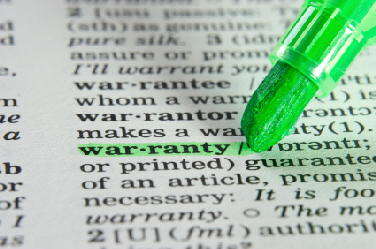
Preventative Maintenance Avoids Catastrophic Repair Costs: Car Care Tips
Whether you bought the car new or used, every month or every 1000 miles you should check the oil level in your engine once it is up to operating temperature. The best time to do this is when you’re buying fuel — usually with every other fill up. Check your hoses and drive belts at the same time. Make sure they’re pliant rather than brittle, and in the case of the hoses, check for leaks.
Also check the level of the fluid in your coolant reservoir to make sure you have enough and to make sure it’s a rich green color. If it’s brown, it could mean there’s rust in your cooling system — which is a pretty expensive problem about to happen. You also want to get into the habit of checking the ground beneath where you park your car at night to see if any fluids are leaking out of your car.
The National Car Care Council offers these ten tips to help you keep your car in tip-top shape:
- , including engine oil, power steering, brake and transmission, as well as windshield washer solvent and antifreeze/coolant.
- to make sure they are not cracked, brittle, frayed, loose or showing signs of excessive wear.
- and replace if necessary. Make sure the connection is clean, tight and corrosion-free.
- annually and have the brake linings, rotors and drums inspected at each oil change.
- for leaks, damage and broken supports or hangers if there is an unusual noise. Exhaust leaks can be dangerous and must be corrected without delay.
- to help the engine deliver the best balance of power and fuel economy and produce the lowest level of emissions. Make sure the air filter is checked, cleaned and/or replaced if needed as part of that process.
- as proper heating and cooling performance is critical for interior comfort and for safety reasons such as defrosting.
- annually including shock absorbers, struts and chassis parts such as ball joints, tie rod ends and other related components.
- , including tire pressure and tread. Uneven wear indicates a need for wheel alignment. Tires should also be checked for bulges and bald spots.
- so that you can see and be seen. Check that all interior and exterior lighting is working properly and replace worn wiper blades so you can see clearly when driving during precipitation.
Rich White, executive director of the Car Care Council says; “Whether you visit a professional service technician or do it yourself, a thorough vehicle inspection can help keep your car safe and dependable and help you avoid much higher costs down the road in the form of more extensive repairs or lost resale value.”
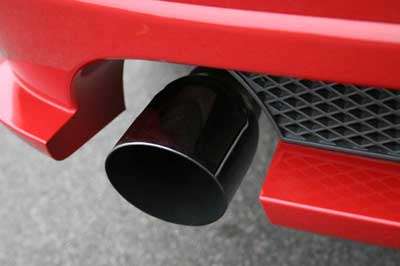
Preventative Maintenance Avoids Catastrophic Repair Costs: Other Considerations
While putting fuel in your car may not seem to be part of a preventative maintenance routine, using the wrong fuel can lead to a very expensive problem. In much the same fashion, rotating your tires can head off premature tire wear related expenses, just as keeping your maintenance records can also save you money in the long run.
All of these actions can help you save money on car maintenance.
Have your car's tires rotated and balanced at least once a year to keep treadwear even. This keeps the wear on the tire's tread and the suspension on your car even. Keeping the tires inflated to the proper pressure can also save fuel.
Use the lowest grade fuel recommended by the vehicle's manufacturer. Using a higher-octane gas than that recommended by your car's manufacturer doesn't do anything extra for your car, it only costs extra. Similarly, if your vehicle runs on diesel fuel, you’ll want to make sure you use the proper grade of diesel. Using high-sulfur diesel fuel in a vehicle designed to run on low sulfur diesel can cause some pretty expensive problems.
Keep all of the receipts for any maintenance work you have done on your car. This leaves a paper trail of proof for warranty purposes and also reassures any buyers if you decide to sell your car. This enables you to justify a higher asking price. BTW, you will not void your new car warranty if you do your own maintenance — as long as you do the routine auto maintenance correctly and save your records.
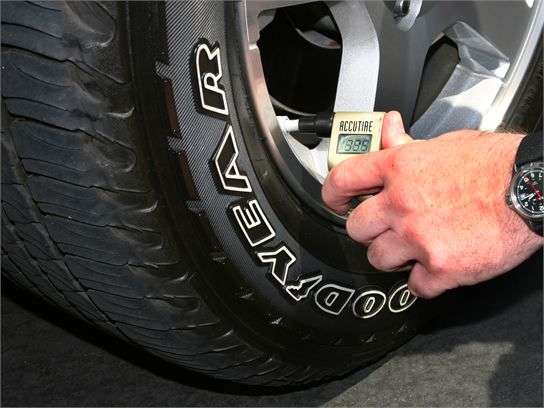
Preventative Maintenance Avoids Catastrophic Repair Costs: Resources
Preventative maintenance might sound boring, but the fact of the matter is cars are mechanical devices and if they aren’t properly maintained they will fail. This can be very costly in terms of money and time, as well as and wear and tear on your nervous system.
The good news is there’s wealth of information here to help you keep your car running well. For more on the subject, check out these articles on the Autobytel Website.
http://www.autobytel.com/car-ownership/maintenance-repair/car-maintenance-checklist-114460/
http://www.autobytel.com/car-ownership/maintenance-repair/save-money-on-car-maintenance-107094/
http://www.autobytel.com/car-ownership/maintenance-repair/car-care-tips-6012/
http://www.autobytel.com/car-ownership/maintenance-repair/identifying-automotive-fluid-leaks-103457/
If you’ve already run into a problem and are trying to figure out what caused it, what you can do to fix it, or what it will cost to get it fixed; check out these tools in the section of the Autobytel Website:
http://www.autobytel.com/mygarage/car-repair-estimate-calculator/
http://www.autobytel.com/mygarage/diagnose-car-problems/
